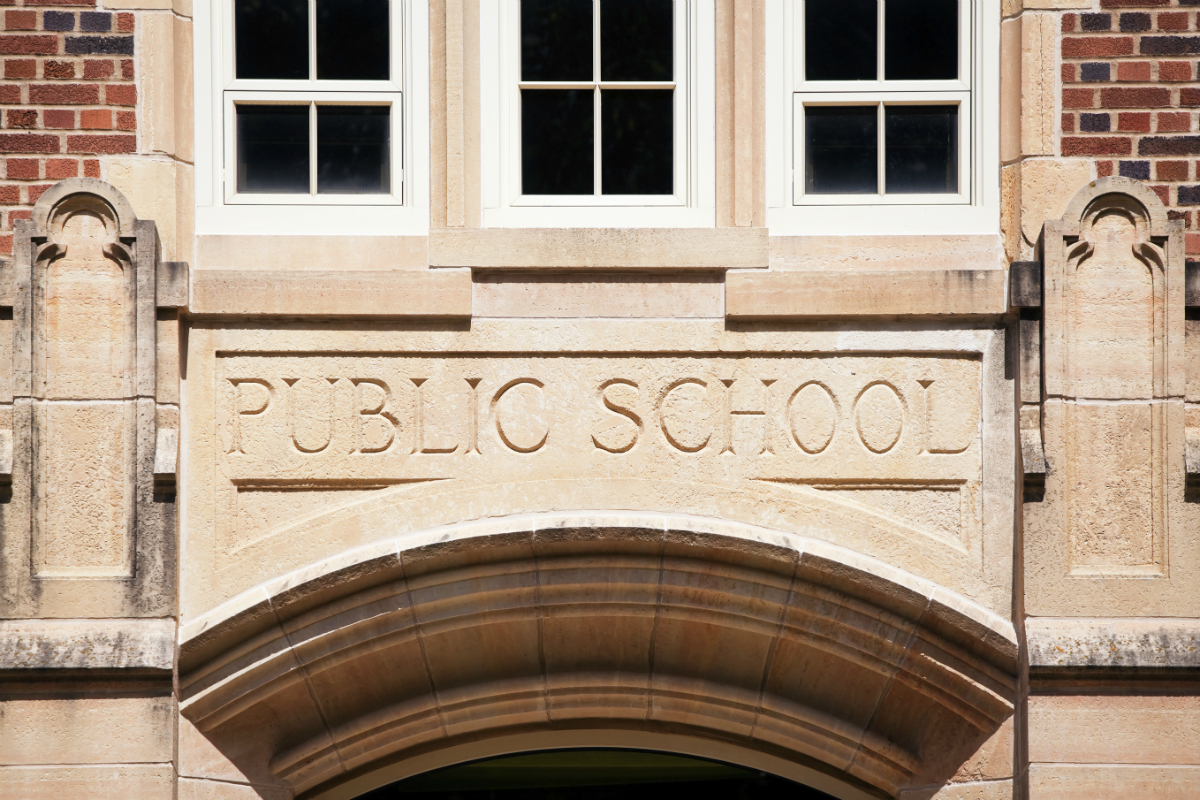The School Superintendents Association’s (AASA) latest report on how school districts used American Rescue Plan (ARP) funding found that providing expanded learning opportunities was the top expenditure.
Released in August, this is the last installment in a series documenting superintendents’ responses to surveys ranging from how they intended to use the relief in July 2021 to more recent feedback on spending deadlines.
The final survey was conducted between June 29 and July 30 and garnered more than 600 respondents spanning 46 states.
Expanded instructional time was the top expenditure with money going toward summer learning, after-school and enrichment programs.
Staffing, programming, professional development, curriculum and other costs necessary to address students’ mental and behavioral health needs were the second largest area of investment, followed by technology-related expenses.
High-intensity tutoring and renovating school facilities to improve air quality and learning conditions were among other main expenditures. “Rural districts were far more likely to indicate that they invested heavily in facility work compared to suburban and urban districts,” the report states.
Most superintendents believed that all student groups would be equally impacted when ARP-related instructional programming and staff are terminated. “While this is not to say that economically disadvantaged students did not greatly benefit from ARP, it is noteworthy that when forced to choose a population of students that would be most impacted, superintendents selected that all students would be negatively impacted and not students from lower-income households more than others,” according to the report.
Others felt that students with mental health needs would be the most impacted with the report noting that anxiety, depression and other mental health conditions have been linked to absenteeism.
Overall, the effects of the historic federal investment haven’t been determined.
“As of this publication, there is not yet research measuring the effects of district ARP investments in social and emotional well-being, cleaner and healthier learning environments, better data systems to track student progress, or more equitable access to technology, but it does not mean there was no meaningful or academic benefit to those investments,” according to the report. “Rather, it means the research and policymaking community must figure out how to measure the impact of those expenditures and whether they were worthwhile.”
Other findings
Just 15 percent of participants indicated that their district needed additional time to use the funds beyond the liquidation deadline of January 2025. Still, 48 percent of superintendents would have liked another year to invest ARP dollars.
If they did have an extra year, 28 percent said they would have invested in mental health supports/personnel followed by additional instructional programming (20 percent), additional infrastructure projects (18 percent), supports/programs to reduce chronic absenteeism (17 percent) and other unspecified offerings (17 percent).
The report also considers the local and state level fiscal conditions local educational agencies are finding themselves in as ARP sunsets, as well as ways superintendents wish the ARP process would have been different.
“The one clear data point that emerged throughout the five surveys was this: ARP funding enabled superintendents to address both the immediate and longstanding systemic underinvestment by the federal government in K–12 education,” the report reads.





